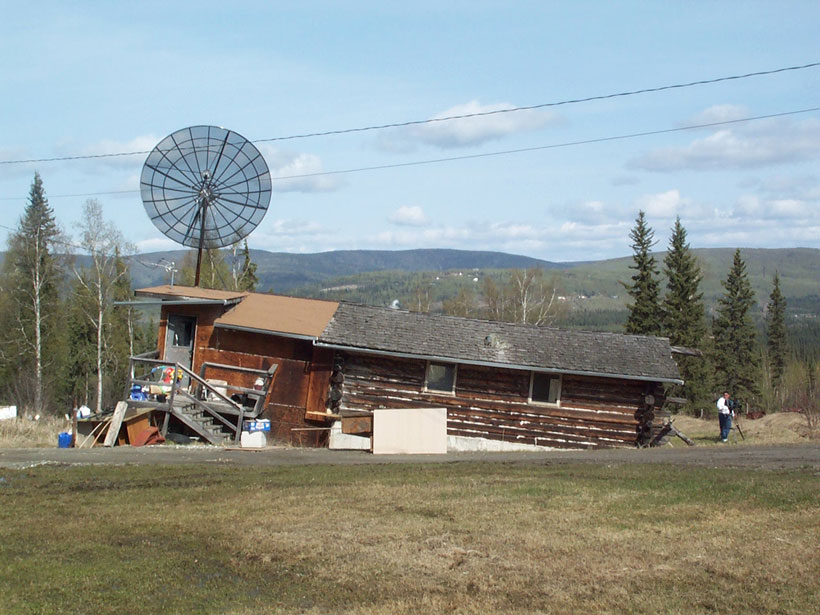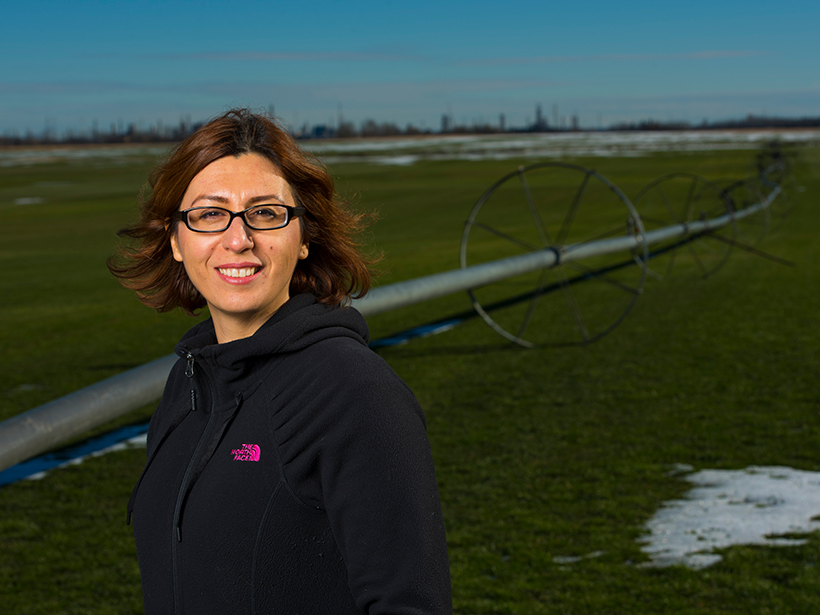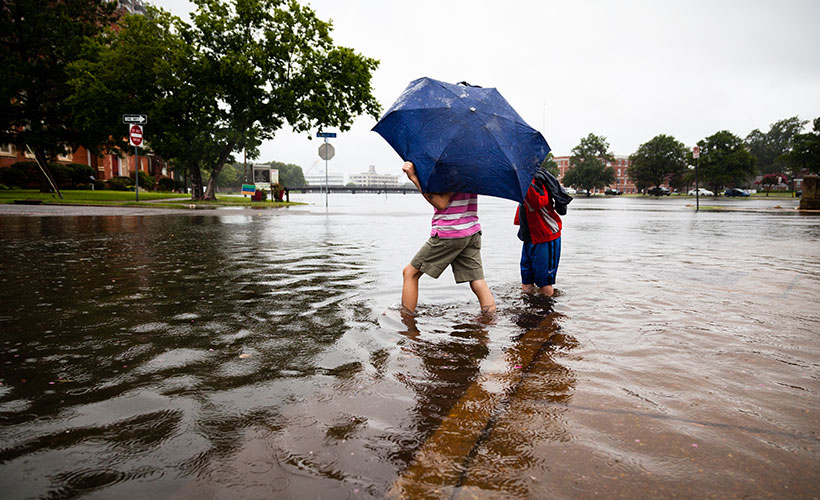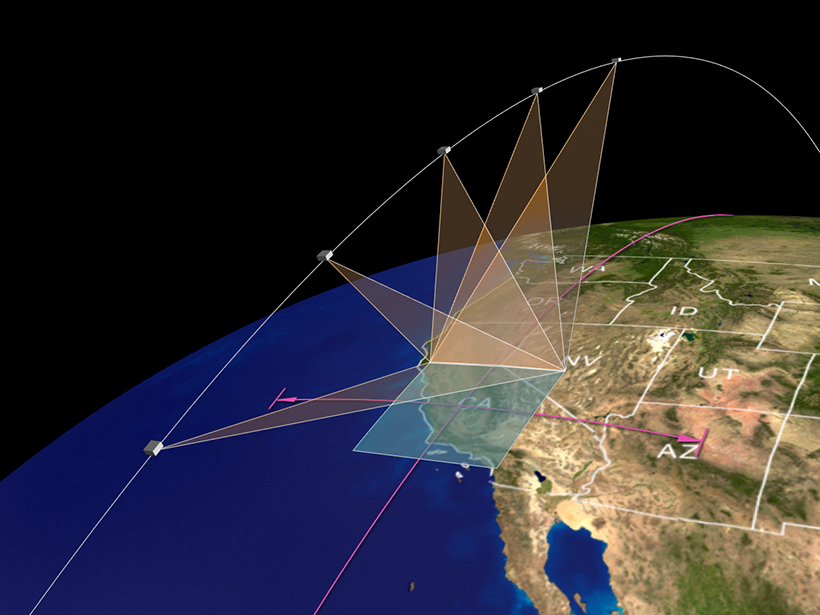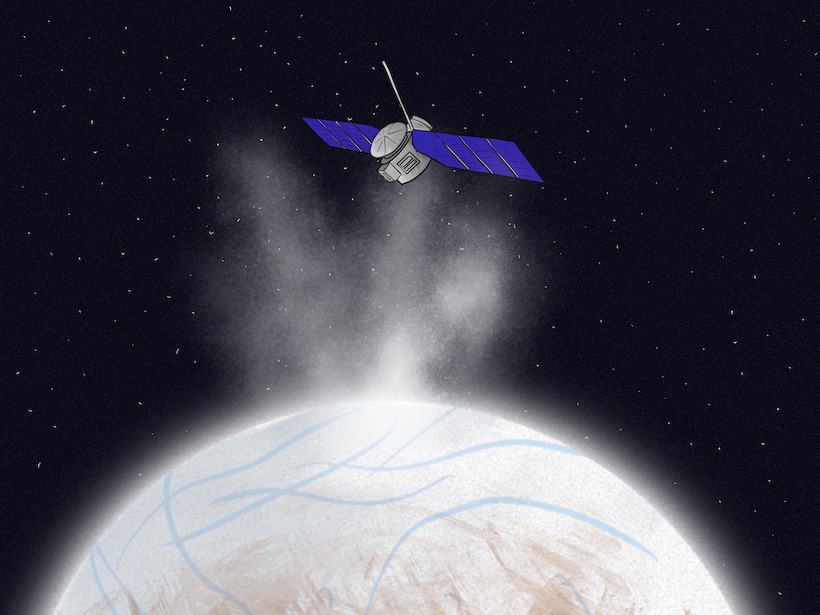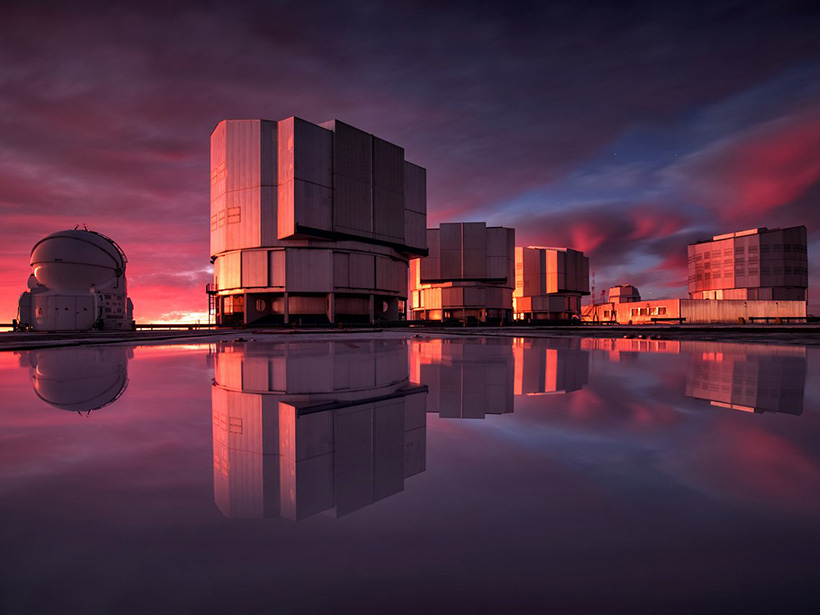By combining demography data with permafrost maps, researchers provide a first count of the population on permafrost and predict its imminent decline.
News
Repensar el concepto de agua virtual en el mercado comercial mundial
Las discusiones sobre el comercio mundial están comenzando a considerar el agua que se necesita para producir bienes exportados. Algunos científicos sostienen que este enfoque debería tener una perspectiva regional más que global.
Podcast: What’s It Like Pretending to Live on Mars?
We spoke with science writer Kate Greene about her experiences on a 4-month-long Mars analog mission.
Warming Oceans Are Making the Climate Crisis Significantly Worse
Humans have locked in at least 20 feet of sea level rise—can we still fix it?
Landslides Mar the “Pearl of Africa”
Behind Uganda’s lavish beauty, climate change has taken its toll: Death, destroyed properties, and displaced communities increase as above-normal rainfall floods the country.
Using Satellite Data to Map Air Pollution and Improve Health
NASA scientists will be teaming up with epidemiologists in the agency’s first health-focused mission. With satellite data, they’ll find out how air pollution affects health in cities around the world.
Esta búsqueda por vida alienígena comienza con la destrucción de bacterias en la Tierra
Algún día, un catálogo de fragmentos moleculares podría ayudar a científicos a identificar vida extraterrestre en las lunas heladas de nuestro sistema solar.
Turf’s Dirty Little Secret
Greenhouse gas emissions from sports fields may be scoring points for climate change.
Soil Chips Help Scientists Spy on Fungal Navigation
Soil chips provide a micrometer-resolution window into life underfoot, shedding light on how fungi behave when navigating soil’s mazes.
Making the Universe Blurrier
Climate change appears to be directly and indirectly affecting the view from at least one observatory while threatening the existence of others.

